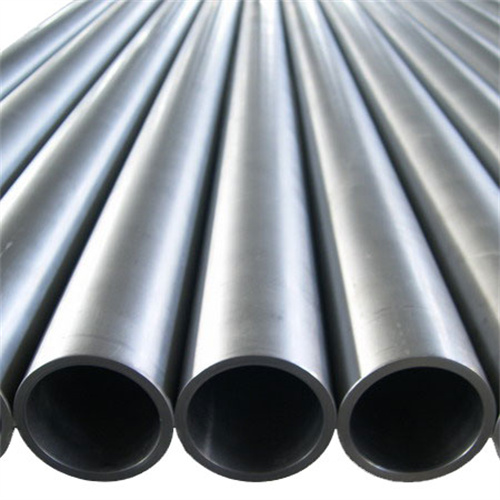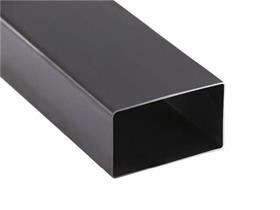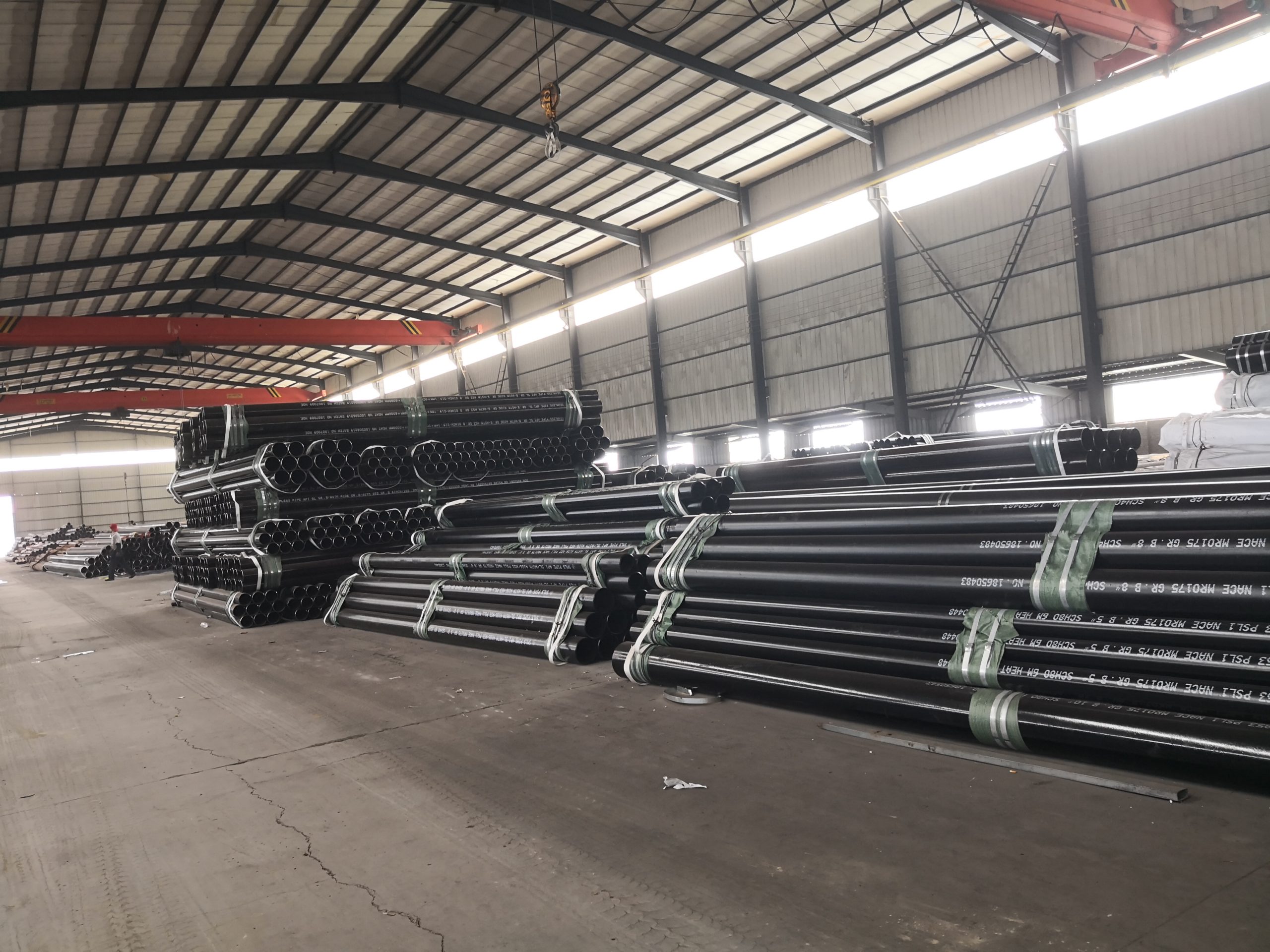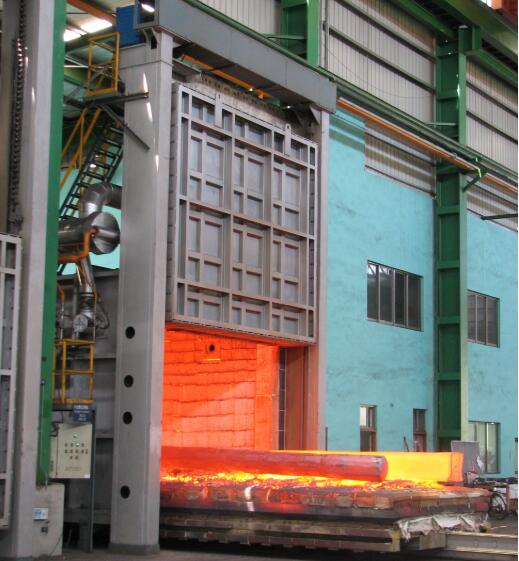Seamless steel Pipes vs. Welded: Making the Right Choice for Your Project
Steel Pipes: Choosing Between Seamless and Welded
When it comes to steel pipes, one of the critical decisions you’ll need to make is whether to opt for seamless or welded pipes. Each type has its own set of characteristics, advantages, and limitations that can significantly impact the success of your project. Understanding the differences between seamless and welded steel pipes is essential for making an informed decision.
Seamless steel pipes are crafted from a single piece of steel without any seams or joints. This manufacturing process involves extruding a solid billet through a piercing rod to create a hollow tube. In contrast, welded steel pipes are formed by Welding together multiple pieces of steel to create the desired shape and size.
3 4 black steel Pipe
One of the primary advantages of seamless steel pipes is their uniformity and consistency. Since they are produced from a single piece of steel, seamless pipes have a more uniform structure and strength throughout their entire Length. This makes them particularly well-suited for high-pressure applications where reliability and integrity are paramount.
Furthermore, seamless steel pipes exhibit superior Corrosion resistance compared to welded pipes. The absence of seams and joints reduces the likelihood of corrosion occurring along the pipe’s surface, thereby extending its lifespan and minimizing maintenance requirements. This makes seamless pipes an excellent choice for environments exposed to corrosive elements, such as chemical processing plants and offshore drilling rigs.
However, seamless steel pipes also come with some drawbacks, most notably their higher cost and limited availability in larger diameters and thicknesses. The manufacturing process for seamless pipes is more complex and time-consuming, resulting in higher production costs. Additionally, the availability of seamless pipes in larger sizes may be limited, which could pose challenges for certain applications that require large-diameter pipes.
On the other hand, welded steel pipes offer several advantages that make them a viable option for many projects. Welded pipes are typically more cost-effective than seamless pipes, making them a preferred choice for budget-conscious projects. The welding process allows for greater flexibility in producing pipes of various sizes and dimensions, making welded pipes more readily available in larger diameters and thicknesses.
Moreover, welded steel pipes are well-suited for applications that do not require the same level of pressure or corrosion resistance as seamless pipes. They are commonly used in structural applications, such as construction, fencing, and plumbing, where strength and durability are essential but operating conditions are less demanding.
Despite their cost-effectiveness and versatility, welded steel pipes have some limitations compared to seamless pipes. The welding process introduces potential weak points along the seams, which can compromise the pipe’s integrity and increase the risk of corrosion and failure, particularly in high-pressure or corrosive environments.
In conclusion, choosing between seamless and welded steel pipes depends on various factors, including the specific requirements of your project, budget constraints, and environmental considerations. Seamless pipes offer superior strength, corrosion resistance, and reliability, but they come at a higher cost and may have limited availability in larger sizes. Welded pipes, on the other hand, are more cost-effective and versatile but may be less suitable for high-pressure or corrosive applications. By carefully evaluating these factors, you can make the right choice for your project and ensure its success.
Understanding the Differences: Seamless vs. Welded Steel Pipes
Steel pipes are ubiquitous in various industries, serving as vital components in infrastructure, construction, and transportation. When it comes to selecting the right type of steel pipe for a particular application, the choice often boils down to seamless or welded pipes. Understanding the differences between these two options is crucial for making informed decisions.
Seamless steel pipes, as the name suggests, are manufactured without any welding seams. They are produced by piercing a solid billet of steel to create a hollow tube, which is then further processed to achieve the desired dimensions and specifications. This manufacturing method results in pipes with uniformity in structure and strength, making them suitable for high-pressure applications such as Oil and gas pipelines, automotive components, and machinery.
Welded steel pipes, on the other hand, are fabricated by joining together multiple sections of steel through welding processes. These pipes can be manufactured using various techniques, including electric resistance welding (ERW), submerged arc welding (SAW), and seamless welding. Welded pipes are known for their versatility and cost-effectiveness, making them a preferred choice for applications where high precision is not a primary concern, such as plumbing, fencing, and structural support.
One of the key differences between seamless and welded steel pipes lies in their manufacturing processes. Seamless pipes undergo a complex production process that involves heating and extrusion, resulting in a seamless and homogeneous structure. In contrast, welded pipes are created by fusing together individual sections of steel, which may introduce variations in the Material properties along the weld seam.
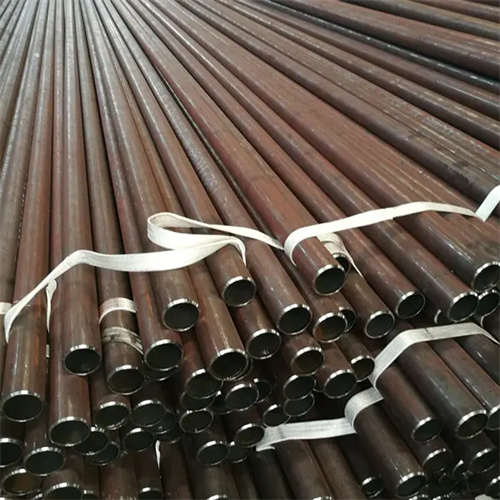
The absence of weld seams in seamless pipes offers several advantages. Firstly, seamless pipes exhibit superior strength and reliability due to their uniform structure, making them less prone to failure under high-pressure conditions. Additionally, the absence of weld seams eliminates the risk of corrosion along the weld line, enhancing the longevity of seamless pipes in corrosive environments.
However, seamless pipes come with their own set of limitations. The manufacturing process of seamless pipes is more complex and time-consuming compared to welded pipes, resulting in higher production costs. Moreover, seamless pipes are generally available in smaller sizes and limited wall thicknesses, which may restrict their suitability for certain applications requiring larger diameters or thicker walls.
In contrast, welded steel pipes offer greater flexibility in terms of size, Wall thickness, and customization options. Welded pipes can be produced in a wide range of dimensions to meet specific project requirements, making them ideal for applications where customization is essential. Additionally, welded pipes are more readily available and cost-effective than seamless pipes, making them a preferred choice for budget-conscious projects.
Despite their differences, both seamless and welded steel pipes have their own unique advantages and limitations. The choice between the two depends on various factors such as the specific application requirements, budget constraints, and project timeline. Ultimately, selecting the right type of steel pipe requires careful consideration of these factors to ensure optimal performance and cost-effectiveness.


